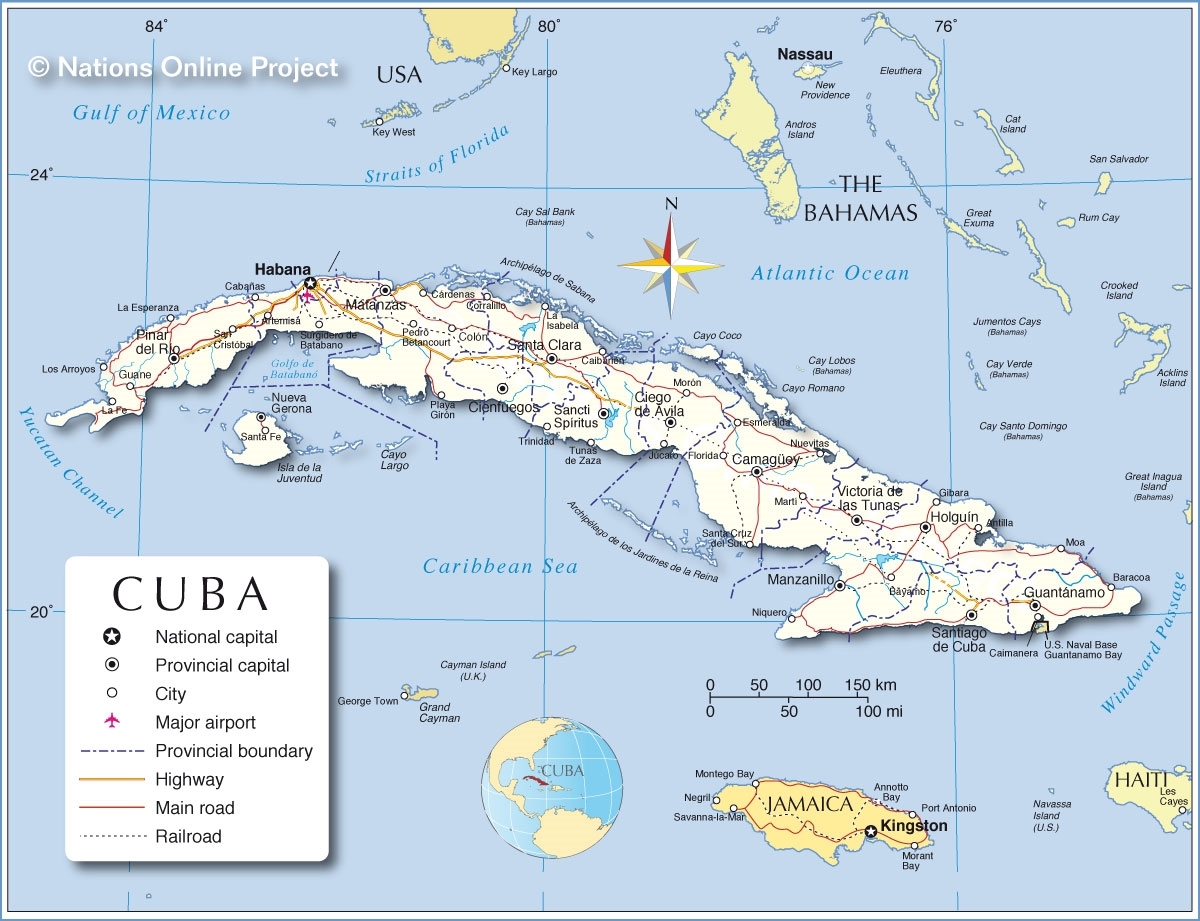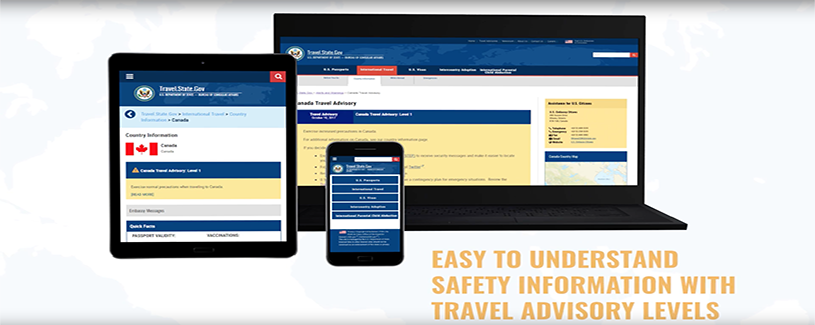If Cuba Wants USDA Funds, It Should Be Proactive… And Hurry.
Applicants & Cuba Need To Focus; Quickly.
Will USDA Adjust June 2018 Application Deadline?
Were Applicants Predictive And Included Cuba In Their USDA Applications?
The government of the Republic of Cuba may expect United States taxpayer funds to be spent; and place pressure upon applicants to spend funds in the Republic of Cuba as a show of support for exports to the Republic of Cuba and for the government of the Republic of Cuba. The focus will be upon approximately eighty-one (81) applicants [link].
In 2017, the Republic of Cuba purchased approximately US$269 million in food products and agricultural commodities; ranking 51st of 229 export markets. Purchases thus far in 2018 are approximately 15% above 2017. Since December 2001, the Republic of Cuba has purchased approximately US$5.7 billion in food products and agricultural commodities on a cash-in-advance basis as required by United States law.
1 October 2018 begins the 2019 fiscal year for the United States Government. For the first time, a portion (depending upon application approvals) of approximately US$200 million in funding for the Market Access Program (MAP) and Foreign Market Development (FMD) program disbursed through the United States Department of Agriculture (USDA) will be available for use in the Republic of Cuba, an unlikely bipartisan effort of two members of the United States Senate: Heidi Heitkamp (D- ND) and Marco Rubio (R- FL). In Fiscal Year 2018, the total expenditures for these two programs was US$200,287,394.00.
S. 3042 includes an amendment authored by Senator Heitkamp: “To provide for the use of market access program and foreign market development cooperator program funds in Cuba.”
Senator Heitkamp’s amendment was subject to an amendment by Senator Rubio: “To prohibit the use of funds to carry out programs in Cuba in contravention of the National Security Presidential Memorandum prohibiting transactions with entities owned, controlled, or operated by or on behalf of military intelligence or security services of Cuba.”
H.R.2/S. 3042, the “Farm Bill,” now is subject to the decision of a conference committee which includes members of the United States House of Representatives and United States Senate. Given the composition of the conference committee, the Heitkamp/Rubio provision in S. 3042 is likely to be included in the legislation returned to each chamber, voted upon, and then presented in September 2018 to President Donald Trump for his signature.
According to an individual familiar with the USDA’s MAP/FMD disbursement process, “typically all funds are allocated during the initial stage of the process. There are more requests than funds so typically you do not get all you request so there are no additional funds later in the year to be applied.” There are entities who received funding during the fiscal year 2018 who have already completed their applications.
On 3 August 2018, the USDA wrote to the U.S.-Cuba Trade and Economic Council: “Per the 2019 MAP NOFA (Federal Register Notices attached), All applications must be received by 5 p.m. Eastern Daylight Time, on Friday, June 8, 2018. Applications received after this date will not be considered. FAS anticipates that the initial funding selections will be made by the end of October 2018, with the initial award dates estimated to be by the end of December 2018. Hence, groups are not able to submit additional applications. Groups can request to make changes to their Unified Export Strategy in order to reallocate funding from one approved project to another. These modifications are routine and groups work with their FAS Marketing Specialist to submit changes for approval.”
That statement means unless the USDA permits an additional period for applications (a result of advocacy by members of the United States Congress), only entities who submitted applications as of 8 June 2018 would be authorized to revise their applications and seek to shift funds previously directed from a country or countries to now include the Republic of Cuba.
Unknown is the number of applicants who may have included the Republic of Cuba in their funding requests submitted to the USDA by 8 June 2018.
This means the Ministry of Foreign Affairs of the Republic of Cuba (MINREX), Ministry of Foreign Trade of the Republic of Cuba (MINCEX), Chamber of Commerce of the Republic of Cuba, and Republic of Cuba government-operated Alimport (the sole contracting entity for food product and agricultural commodity imports from the United States) need to quickly develop a strategy to assist those seeking funds from the USDA.
Applicants in the United States need to know what types of activities in the Republic of Cuba would be permitted and what types of activities would be prohibited.
Applicants in the United States require the proactive assistance of the target market: Representatives of the government of the Republic of Cuba, representatives of Republic of Cuba government-operated entities, and executives of Republic of Cuba government-operated companies.
There may be legitimate uses for MAP and FMD program in the Republic of Cuba. There will be heightened scrutiny of each application which includes the use of funds in the Republic of Cuba.
What Are FMD & MAP?
For Fiscal Year 2018, the United States Department of Agriculture (USDA) allocated US$26,484,947.00 in taxpayer funds to twenty-three (23) cooperators [link] under the Foreign Market Development Program (FMD), an average of US$1,021,084.00 per distribution.
https://www.fas.usda.gov/programs/foreign-market-development-program-fmd/fmd-funding-allocations-fy-2018
FMD: “The Foreign Market Development (FMD) Program, also known as the Cooperator Program, helps create, expand and maintain long-term export markets for U.S. agricultural products. Under the program, FAS partners with U.S. agricultural producers and processors, who are represented by non-profit commodity or trade associations called “cooperators,” to promote U.S. commodities overseas.
The FMD program focuses on generic promotion of U.S. commodities, rather than consumer-oriented promotion of branded products. Preference is given to organizations that represent an entire industry or are nationwide in membership and scope.
FMD-funded projects generally address long-term opportunities to reduce foreign import constraints or expand export growth opportunities. For example, this might include efforts to: reduce infrastructural or historical market impediments, improve processing capabilities, modify codes and standards, or identify new markets or new uses for the agricultural commodity or product.
Each year, FAS announces the FMD application period and criteria in the Federal Register. Organizations apply for the FMD program through the Unified Export Strategy (UES) process, which allows applicants to request funding from multiple USDA market development programs through a single, strategically coordinated proposal. FAS reviews the proposals and awards funds to applicants that demonstrate the potential for effective performance based on a clear, long-term strategic plan.”
For Fiscal Year 2018, the USDA allocated US$173,802,447.00 in taxpayer funds to sixty-six (66) participants [link] under the Market Access Program (MAP), an average of US$2,633,370.00 per distribution.
https://www.fas.usda.gov/programs/market-access-program-map/map-funding-allocations-fy-2018
MAP: “Through the Market Access Program (MAP), FAS partners with U.S. agricultural trade associations, cooperatives, state regional trade groups and small businesses to share the costs of overseas marketing and promotional activities that help build commercial export markets for U.S. agricultural products and commodities.
MAP reaches virtually every corner of the globe, helping to build markets for a wide variety U.S. farm and food products. FAS provides cost-share assistance to eligible U.S. organizations for activities such as consumer advertising, public relations, point-of-sale demonstrations, participation in trade fairs and exhibits, market research and technical assistance. When MAP funds are used for generic marketing and promotion, participants must contribute a minimum 10-percent match. For promotion of branded products, a dollar-for-dollar match is required.
Each year, FAS announces the MAP application period and criteria in the Federal Register. Applicants apply for MAP through the Unified Export Strategy (UES) process, which allows eligible organizations to request funding from multiple USDA market development programs through a single, strategically coordinated proposal. FAS reviews the proposals and awards funds to applicants that demonstrate the potential for effective performance based on a clear, long-term strategic plan.”
COMPLETE ANALYSIS IN PDF FORMAT












